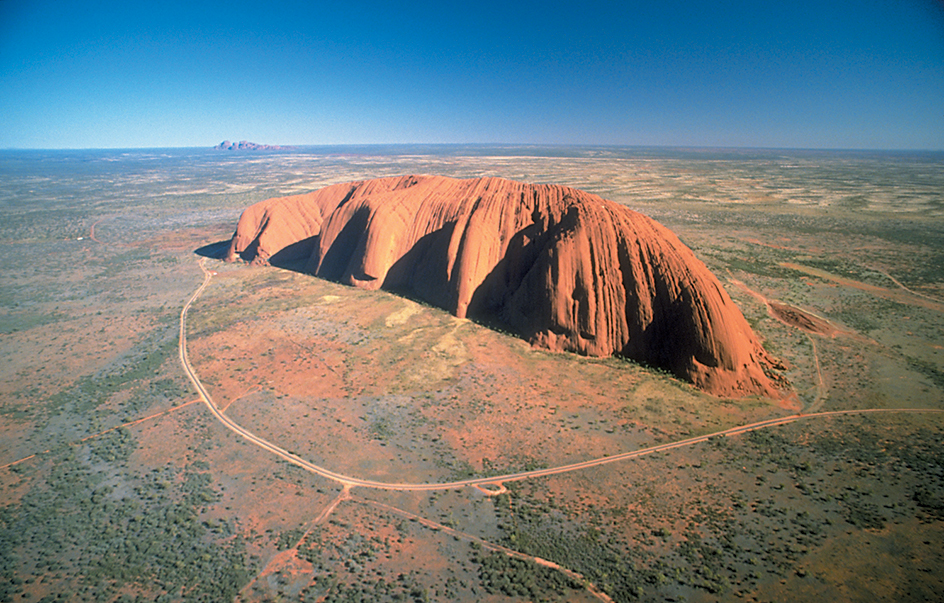Seven natural wonders of the world is a list of spectacular natural objects on Earth. People have composed many such lists to inspire interest in geography, tourism, and conservation. However, no particular list is considered official. To be included in a list, a natural feature generally must have unique geographical or geological characteristics. The following features are often listed among the seven natural wonders.
The Grand Canyon
is a steep-sided gorge in Arizona in the southwestern United States. The Colorado River began forming the canyon over 6 million years ago. The canyon stretches 277 miles (446 kilometers) in length. It ranges in width from less than 1 mile to 18 miles (1.6 to 18 kilometers). The canyon walls expose rock layers deposited over roughly 2 billion years of Earth’s history. See Grand Canyon.
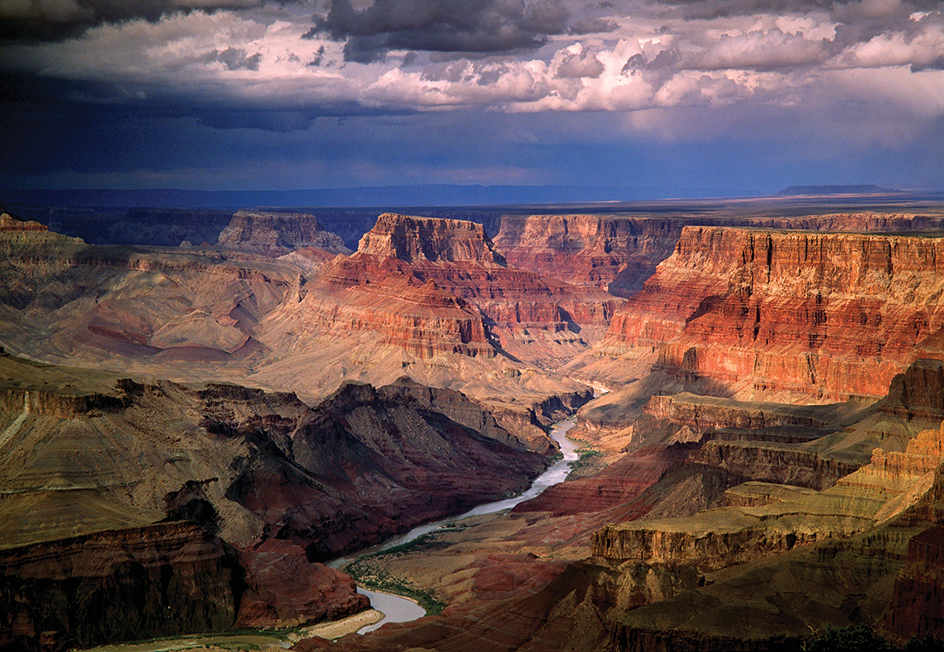
Victoria Falls
is the largest curtain of water in the world. It measures 5,604 feet (1,708 meters) wide. The waterfall plunges 355 feet (108 meters) at its highest point into the Zambezi Gorge, between Zambia and Zimbabwe in Africa. The spray can reach a height of over 1,000 feet (305 meters). The spray is visible for a great distance. Because of this spray and the noise of the water, Africans call the falls Mosi-oa-Tunya (the Smoke That Thunders). Water flows over the falls at a rate of about 17 1/2 million cubic feet (500,000 cubic meters) per minute. See Victoria Falls.

The Great Barrier Reef
is remarkable for both its size and its diversity of ocean life. It stretches for about 1,400 miles (2,300 kilometers) in the Coral Sea off the coast of Queensland in northeast Australia. The Great Barrier Reef consists of over 3,000 individual reefs and about 1,000 islands. See Great Barrier Reef.
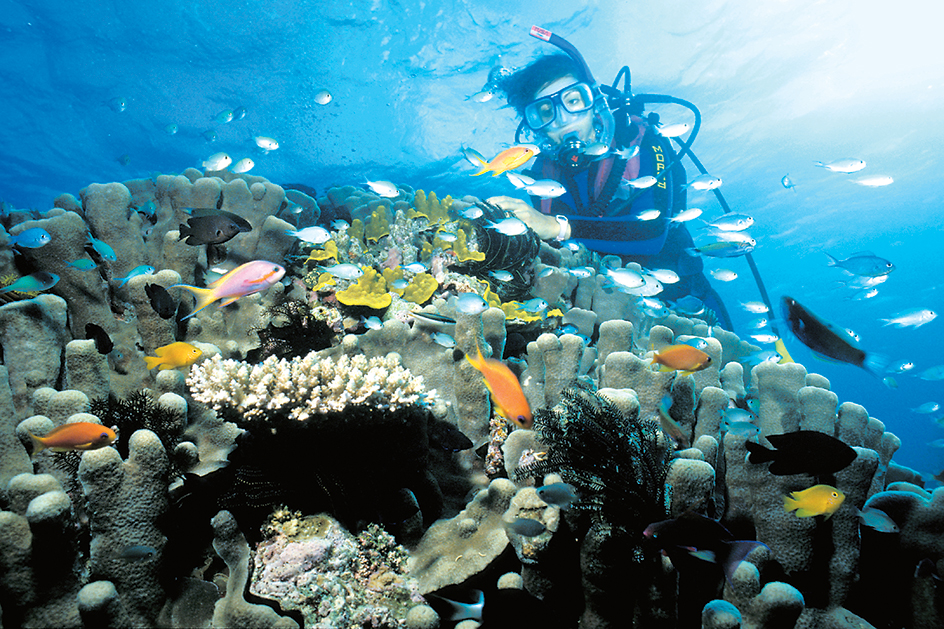
Mount Everest
ranks as the tallest mountain on Earth. It rises 29,032 feet (8,849 meters) above sea level on the border of Nepal and Tibet. Its rugged beauty is sculpted from rock pushed miles upward by colliding tectonic plates (pieces of Earth’s rocky outer shell). Mount Everest poses the ultimate challenge for a mountain climber. Thousands of people have scaled the peak. See Mount Everest.

The Harbor of Rio de Janeiro
in Brazil is an island-studded natural bay. Portuguese sailors discovered the bay in the early 1500’s. Slipping through a narrow opening in the coastline, they arrived at a calm body of water. They mistook the bay for the mouth of a great river. They named the area Rio de Janeiro, Portuguese for “River of January.” The city of Rio de Janeiro grew along the harbor.
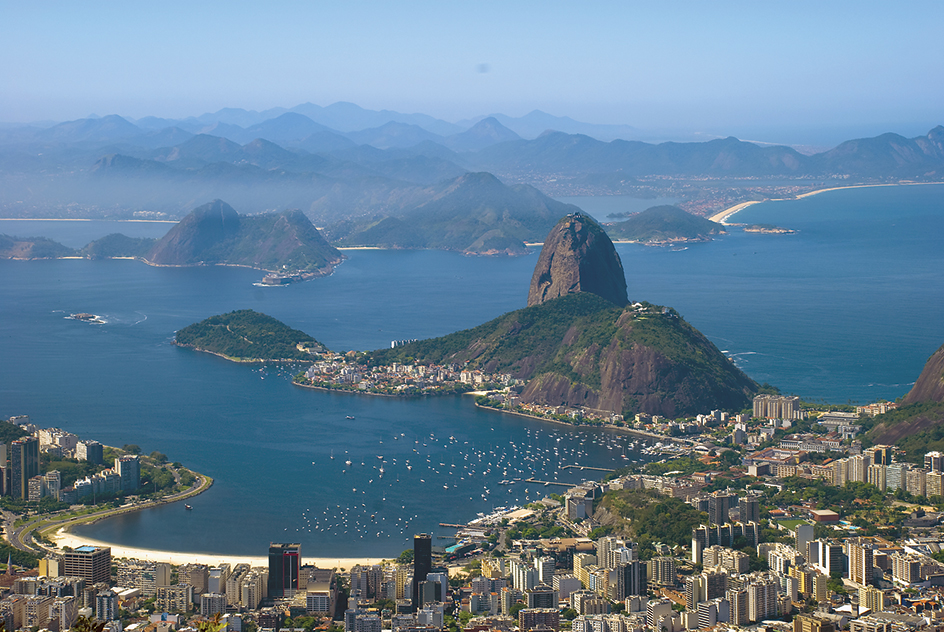
The aurora borealis
is a natural display of light that has awed human beings for thousands of years. The green and light red lights are also known as the Northern Lights. They appear when streams of charged particles from the sun reach Earth. The streams of particles are called the solar wind. They produce the lights when they interact with, first, Earth’s magnetic field, then the atmosphere above the North Pole. The magnetic field is the area of magnetic influence that surrounds the planet. See Aurora.
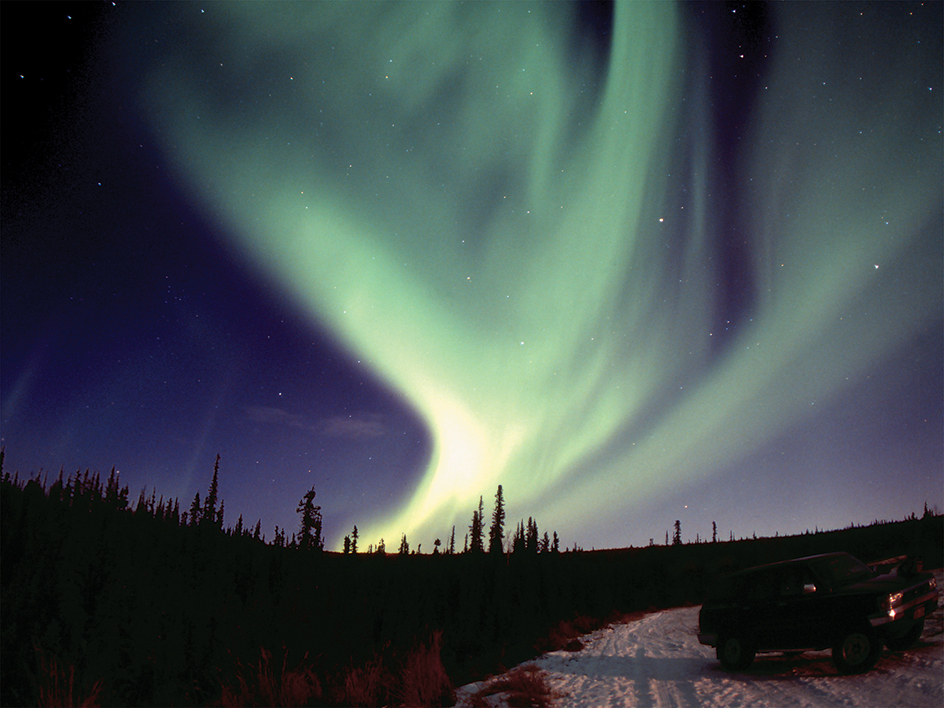
Paricutín
is a volcano in the Mexican state of Michoacán. It is remarkable for the speed of its formation. Paricutín appeared as a fissure in a farmer’s field on Feb. 20, 1943. Within a year, it reached a height of 1,102 feet (336 meters). Paricutín’s lava flows destroyed the towns of Paricutín and San Juan Parangaricutiro. The lava also damaged other villages. When Paricutín stopped erupting in 1952, it stood 1,391 feet (424 meters) high. See Paricutín.
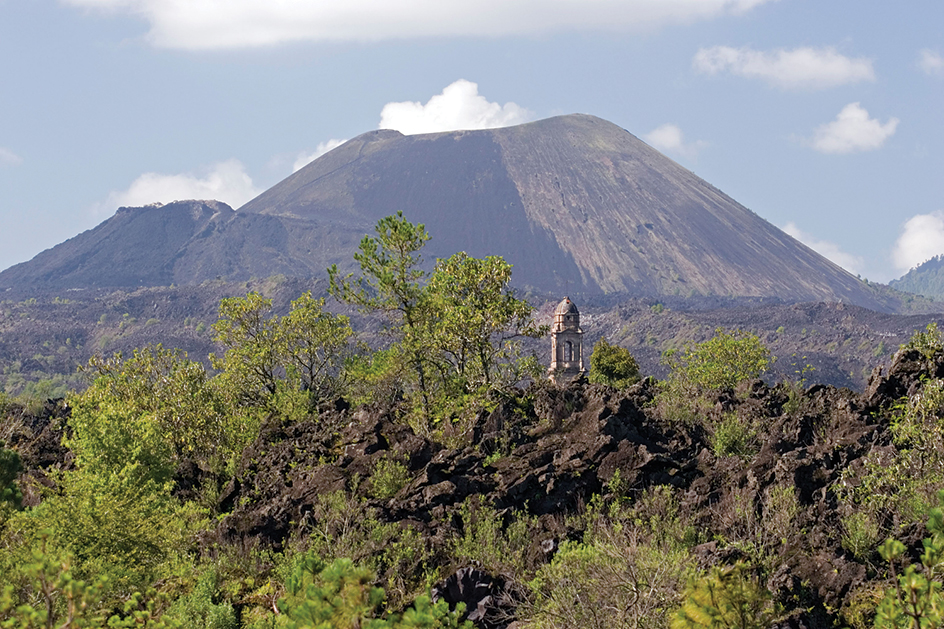
Other natural wonders
include Angel Falls in Venezuela and Niagara Falls in the United States and Canada. Others include Kilimanjaro, the tallest mountain in Africa; the volcano Krakatau in Indonesia; and Uluru (also called Ayers Rock) in Australia. These wonders and others have appeared on some “seven wonders” lists.
